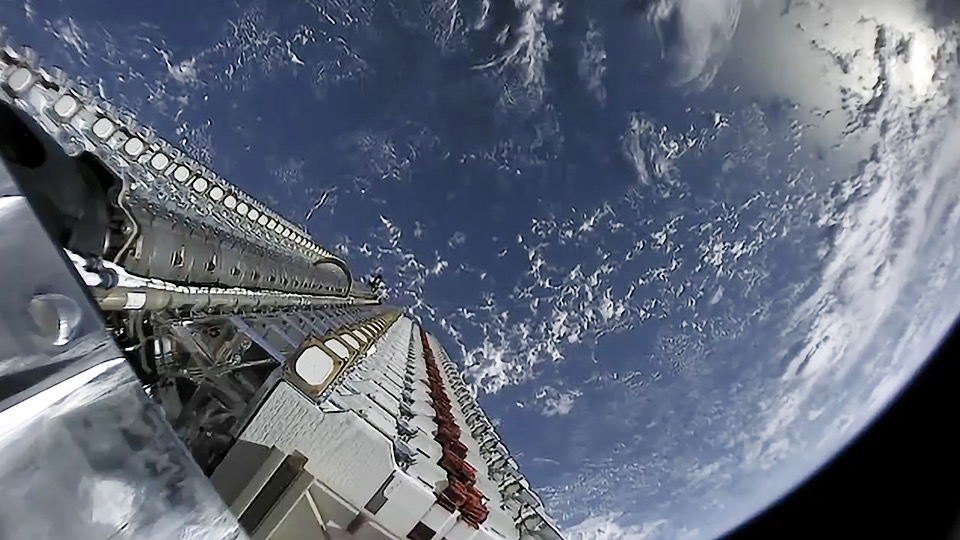A team of scientists led by Denny Oliveira from NASA’s Goddard Space Flight Center has analyzed data on more than 500 Starlink satellites that prematurely left orbit and re-entered Earth’s atmosphere between 2020 and 2024. Their findings reveal a clear connection between heightened solar activity and reduced lifespans for satellites in low Earth orbit (LEO). The study was published in the journal Frontiers in Astronomy and Space Science.
Since the Starlink program began in 2019, SpaceX has launched nearly 9,000 satellites into orbit. While these satellites were intended to operate for five years, many failed to remain in position. Only two satellites fell in 2020, but the numbers increased to 78 in 2021, 99 in 2022, and 88 in 2023. The most significant surge occurred in 2024, when as many as 316 Starlink satellites re-entered the atmosphere and were destroyed.
The primary cause of this trend is the rise in atmospheric resistance due to solar activity. At the peak of the solar cycle, high-energy particles emitted by the Sun heat the upper layers of the Earth’s atmosphere, causing them to expand. As a result, satellites in low orbit experience greater friction and begin to gradually lose altitude.
Solar activity follows an 11-year cycle, fluctuating from minimum to maximum intensity. The ongoing 25th solar cycle is expected to peak around 2025. However, increased activity, manifested by a greater number of sunspots and solar flares, was already observed in 2022 and 2023.
Researchers determined that roughly 72% of satellite returns to Earth occurred not during intense geomagnetic storms, but during phases of moderate solar activity. They attribute this to the cumulative effect of atmospheric drag, which over time leads to a gradual degradation of the orbit.
These findings could help to develop more precise strategies for managing satellite fleets and forecasting how changing space conditions affect the operations of orbital technologies.
Source: Science X Network, Dzienniknaukowy.pl, Science Alert.








